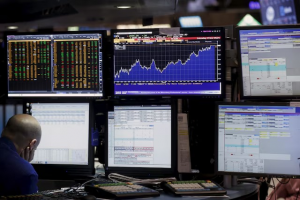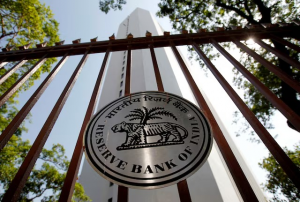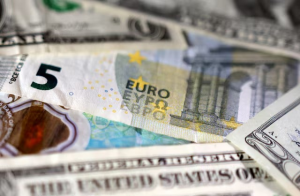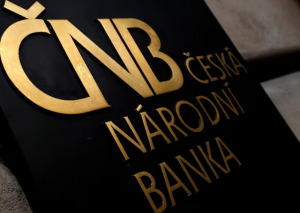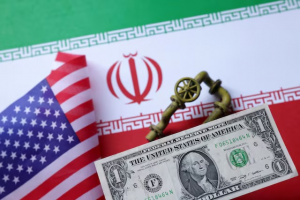The custodians of trillions of dollars of global central bank reserves are eyeing a move away from the greenback into gold, the euro and China's yuan as the splintering of world trade and geopolitical upheaval spark a rethink of financial flows. According to a report, opens new tab by the Official Monetary and Financial Institutions Forum (OMFIF) due to be published later on Tuesday, one in three central banks managing a combined $5 trillion plan to increase exposure to gold over the next one-to-two years after stripping out those planning to decrease, the highest in at least five years. The Reuters Daily Briefing newsletter provides all the news you need to start your day. Sign up here. Advertisement · Scroll to continue
Report This Ad The survey of 75 central banks -- carried out between March and May -- gives a first snapshot of the repercussions of U.S. President Donald Trump's April 2 Liberation Day tariffs that sparked market turmoil and a slide in the safe-haven dollar and U.S. Treasuries. Gold, which central banks have already been adding at a record pace, was seen benefiting even further longer term, with a net 40% of central banks planning to increase gold holdings over the next decade. "After years of record-high central bank gold purchases, reserve managers are doubling down on the precious metal," OMFIF said. The dollar, the most popular currency in last year's survey, fell to seventh place this year, OMFIF said, with 70% of those surveyed saying the U.S. political environment was discouraging them from investing in the dollar -- more than twice the share a year ago. Advertisement · Scroll to continue In currencies, the euro and yuan stand to benefit the most from a diversification away from the dollar. A net 16% of central banks surveyed by OMFIF said they plan to increase euro holdings over the next 12 to 24 months, making it the most in-demand currency, up from 7% a year ago, followed by the yuan. But over the next decade, the yuan is more favoured, with a net 30% of central banks expecting to increase holdings and its share of global reserves seen tripling to 6%. Net number of central banks looking to increase currency holdings over the next 12-24 months. Net number of central banks looking to increase currency holdings over the next 12-24 months. Separately, three sources who deal directly with reserve managers, told Reuters they saw the euro as now having the potential to recapture the share of currency reserves lost following the 2011 euro debt crisis by the end of this decade. They cited more positive sentiment among reserve managers towards the euro following Liberation Day. Israel says Iran has already violated the ceasefire announced by President Trump overnight, and the Israeli government has ordered fresh airstrikes on Tehran.
That would mean a recovery to a roughly 25% share of currency reserves, from around 20% currently, representing a key moment in the bloc's recovery from the debt crisis that threatened the euro's existence. Max Castelli, head of global sovereign markets strategy and advice at UBS Asset Management, told Reuters that reserve managers made many calls after Liberation Day to ask if the dollar's safe-haven status was at risk. "As far as I remember, this question has never been asked before, not even after the great financial crisis in 2008." The average expectation for the dollar's share of global FX reserves in 2035 was 52%, the OMFIF survey showed, remaining the No.1 reserve currency but seen down from the current 58%.




